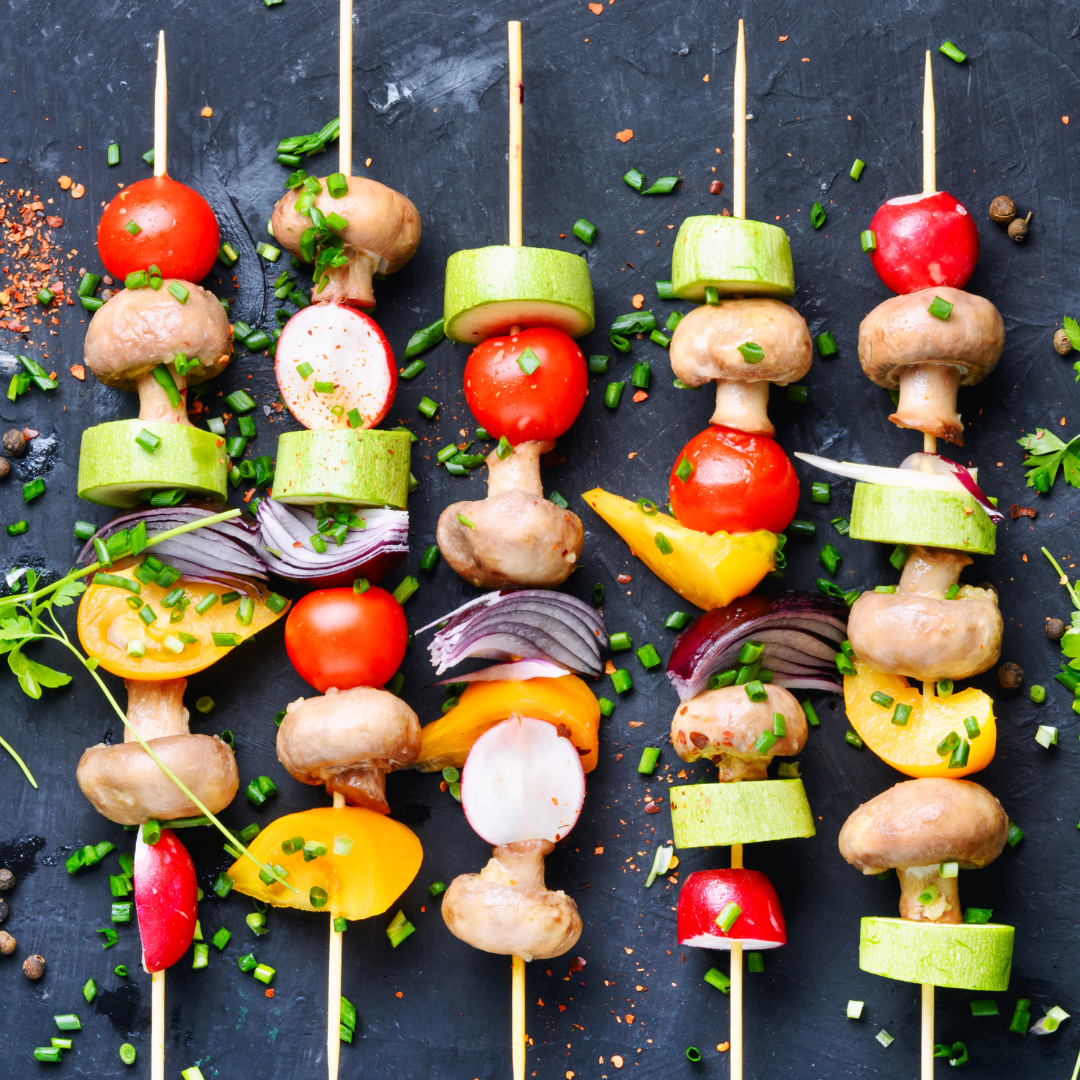
Pop quiz: What’s one of the most popular summer food-related activities? Grilling! Who doesn’t love an outdoor meal with friends and family?
Grilling, however, comes with a side dish of caution, and my goal here is to provide you with the information you need to make your summer grilling as healthy and non-toxic as possible.
Here’s the ditty on grilling: Grilling or barbecuing meat at high temperatures leads to the production of heterocyclic amines (HCAs) and polycyclic aromatic hydrocarbons (PAHs). These two compounds are known as “mutagens,” meaning they damage your DNA and may increase the risk of developing cancer. HCAs are formed when amino acids and sugars, which are present in meat, react under high temperatures. Then the liquid fat drips into the flame of a grill and creates smoke which is filled with PAHs and coats the surface of the meat.
Yeah, I know, Ewwwww!
8 Ways to Minimize the Health consequences (and your worry) of Summer Grilling:
Select Healthier Cuts of Meat: What you grill matters
Grass-Fed and Pasture-Raised: Opt for grass-fed beef, pasture-raised poultry, and wild-caught fish. These options tend to have higher omega-3 fatty acids and fewer unhealthy fats.
Lean Cuts: Choose leaner cuts of meat which produce less fat and reduce the risk of exposure to PAHs and smoke.
Skinless Poultry: Removing the skin from poultry before cooking will reduce HCA formation.
Marinate Wisely: Not only does marinating meat impart more flavor, it can also be protective again carcinogenic compounds.
Use Antioxidant-Rich Marinades: Marinades made with herbs, spices, and acidic components (like lemon juice or vinegar) can reduce the formation of harmful compounds during grilling.
Avoid Sugary Marinades: High sugar content can lead to excessive charring and the formation of harmful substances.
Add Herbs & Spices: Herbs and spices have been shown to reduce the formation of HCAs when meats are grilled. Mint, onion, turmeric, garlic, rosemary, ginger, thyme, andred chili pepper are all great choices. These herbs can be used in marinades,mixed into ground meats, or used as a dry rub.
Avoid Charring and Overcooking: The amount of time your meat cooks makes a difference.
Monitor Cooking Times: Cook at lower temperatures and avoid overcooking or charring food, which can produce harmful HCAs and polycyclic aromatic PAHs.
Consider Smaller Cuts of Meats: like cubed (kabobs!) or quicker-cooking proteins, such as shrimp or fish.
Turn Your Meat Frequently: to cook the center without overheating the surface.
Use a Meat Thermometer: Aim for safe internal temperatures without overcooking, which can lead to charring.
My Personal Favorite Tip: Vegetables and Fruits Are Your Friends!: Not only are they antioxidant rich, they also mitigate the activity of HCAs and reduce the DNA damage caused by those compounds.
Loads of Benefits: Grilling vegetables and fruits can add variety and health benefits. Fiber-rich, antioxidant-dense foods can help mitigate some of the adverse effects of grilled meats.
Use Skewers: This is an easy way to create meals that incorporate both veggies and protein! Thread veggies, shrimp, or lean meats onto metal skewers.
Let Your Imagination Go Wild: Try zucchini, bell peppers, okra, sweet potatoes, asparagus, peaches, pineapple, or even watermelon for a fun addition to your meal.
Use a Grill Pan or Basket: Use a grill pan or basket for smaller items and vegetables to avoid direct exposure to flames and smoke.
Summer Grilling: The Fuel You Use Makes a Difference
If Possible, Use Natural Charcoal: Avoid lighter fluids and chemically treated briquettes. Choose high-quality natural lump charcoal or untreated hardwoods.
Consider Giving Up or Minimizing Propane: If possible, prefer natural wood or charcoal over propane, as it may contain additives.
Clean Your Grill: Clean the grill grates before and after use to minimize exposure to burnt-on residues that can harbor harmful compounds.
Finally, in my experience, many people think about grilling as being a meat-heavy experience. Think about flipping this switch: Enjoy a small amount of meat, such as the palm of your hand, and enjoy lots of vegetables and fruits. Make all your sides the big features.

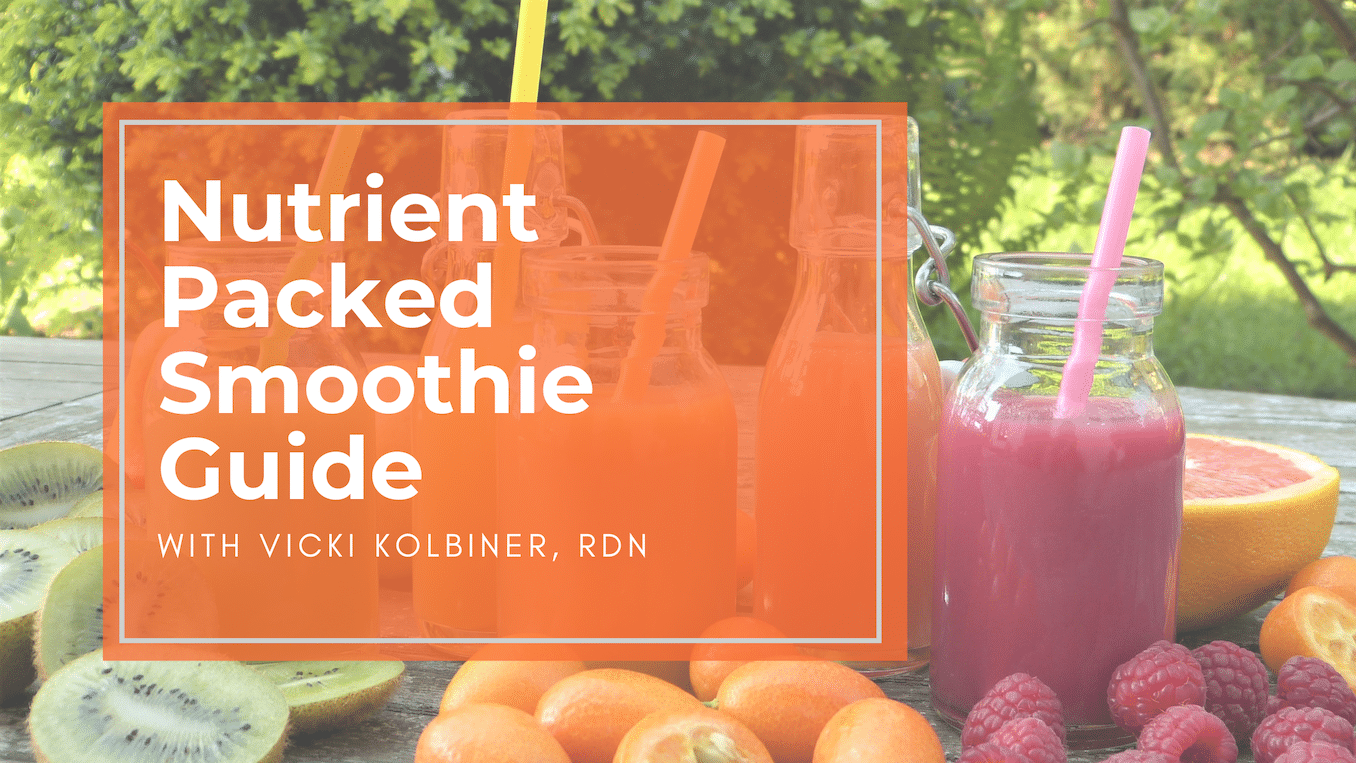
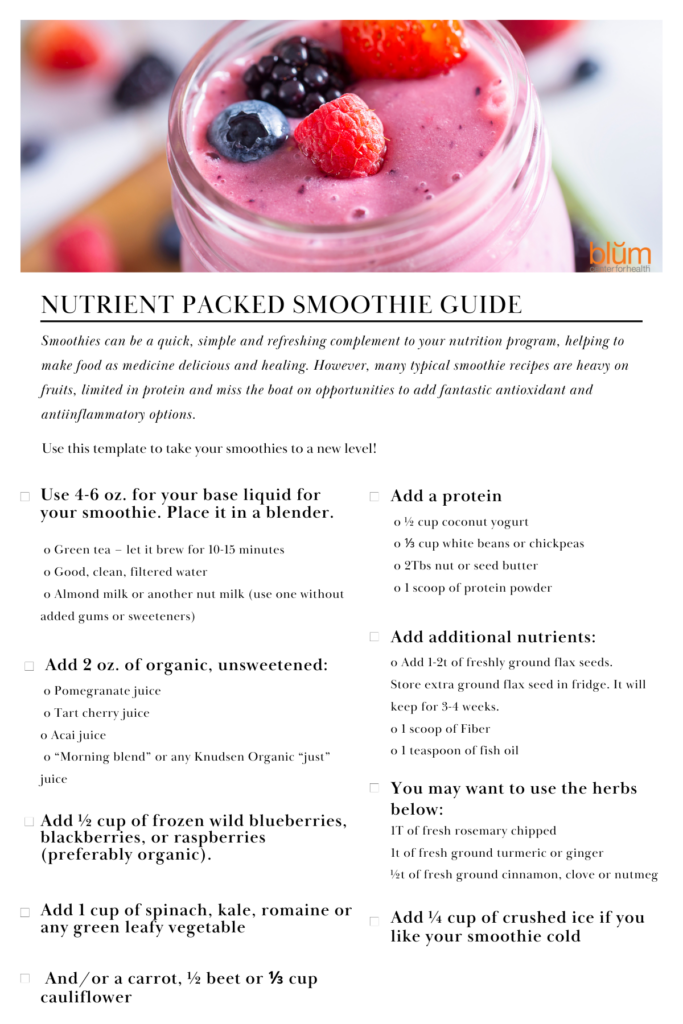
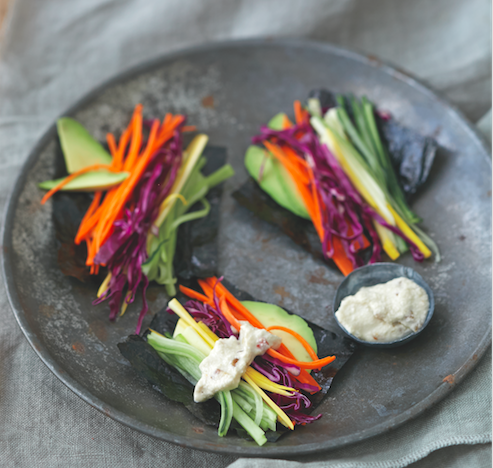
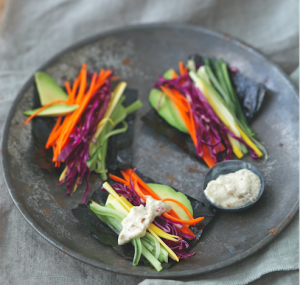

 By Mary Gocke, RDN, CDN
By Mary Gocke, RDN, CDN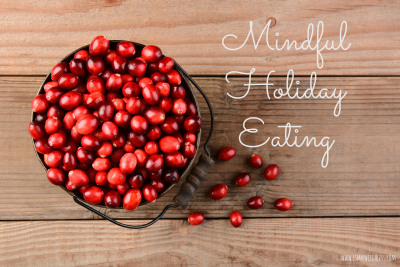

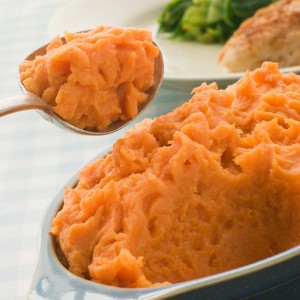 Chef Amy gives us a healthy, dairy-free version of a Thanksgiving favorite.
Chef Amy gives us a healthy, dairy-free version of a Thanksgiving favorite.
 Do any of these scenarios sound familiar?
Do any of these scenarios sound familiar?
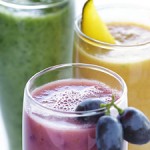
 It’s no surprise that a healthy diet can make you feel good inside and out. But there are also many super foods that can help turn on the libido. The right foods can support the adrenals, turn on sex hormones, and stimulate the excitement and satisfaction centers in your brain.
It’s no surprise that a healthy diet can make you feel good inside and out. But there are also many super foods that can help turn on the libido. The right foods can support the adrenals, turn on sex hormones, and stimulate the excitement and satisfaction centers in your brain.
 Inflammation is your body’s first response to an injury or a foreign bug that causes infection, and this is good because it is meant to protect you. But, if high levels of these inflammatory chemicals are released continuously, the normal functioning of your cells can be obstructed, and healthy tissue gets damaged. Not so good – especially since more and more studies link inflammation in the body to many serious illnesses and conditions, in particular
Inflammation is your body’s first response to an injury or a foreign bug that causes infection, and this is good because it is meant to protect you. But, if high levels of these inflammatory chemicals are released continuously, the normal functioning of your cells can be obstructed, and healthy tissue gets damaged. Not so good – especially since more and more studies link inflammation in the body to many serious illnesses and conditions, in particular 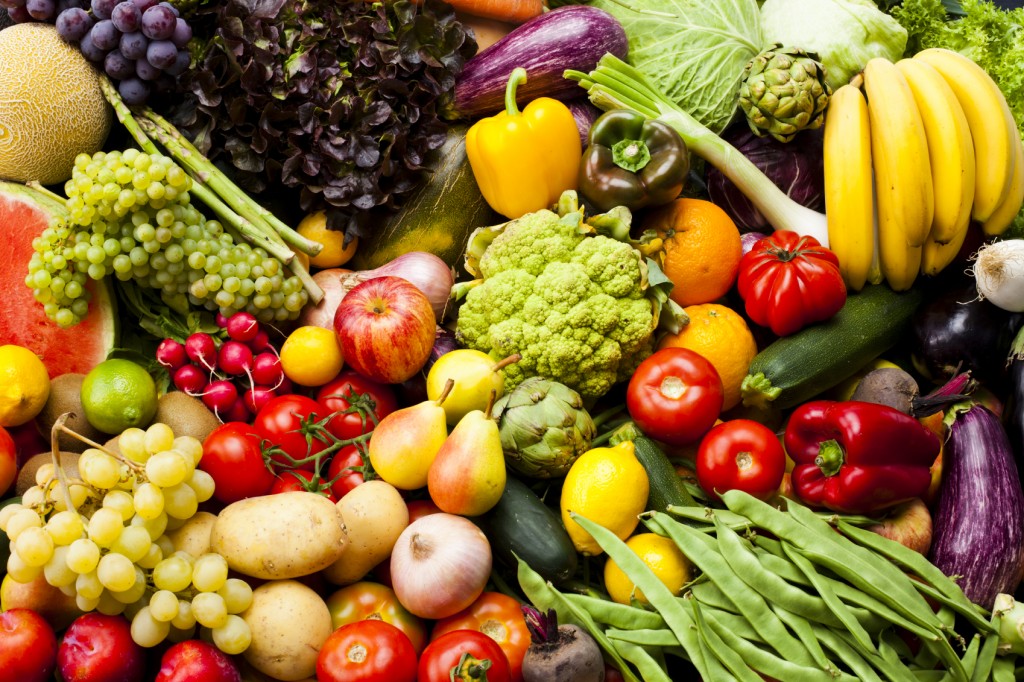 Here are just a few of the rewards you will reap by keeping an anti-inflammatory lifestyle:
Here are just a few of the rewards you will reap by keeping an anti-inflammatory lifestyle: